DESTINATION RESTAURANTS
May 28, 2024
Ca’enne
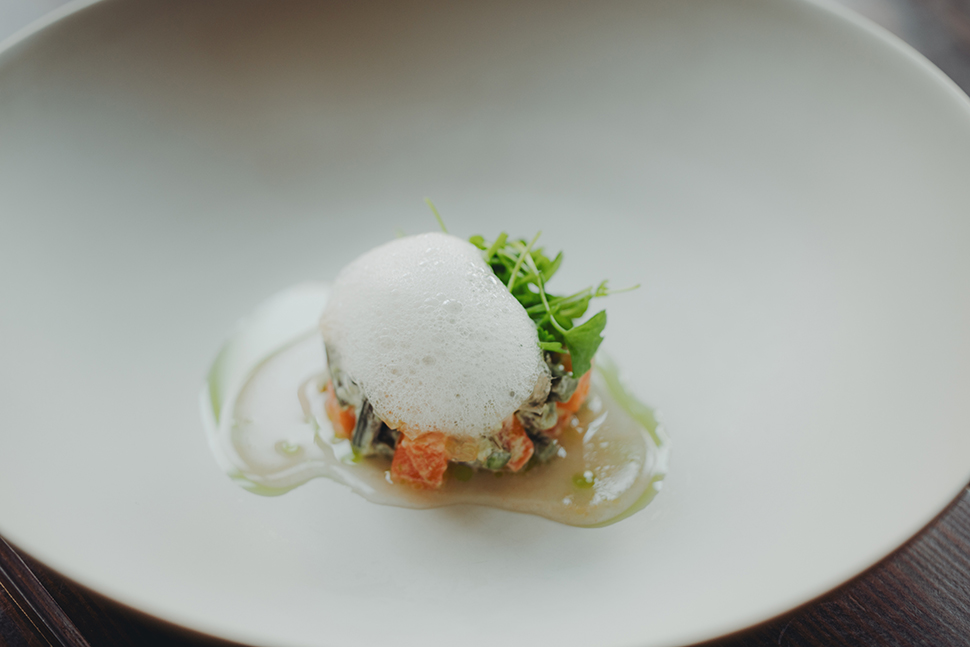
Ca’enne is an Italian restaurant in Chino, Nagano Prefecture. Chino Station is just over two hours from Shinjuku in Tokyo on the Chuo Line. A taxi will take you from the station to the restaurant in less than 30 minutes. Ca’enne is located at the base of the Yatsuga-take mountains at an altitude of 1,000 meters, so even in summer you feel a bracing chill in the air the moment you step out of the car.
Today, this is an area with vacation homes and a smattering of golf courses and tennis courts. Four to five millennia ago, it was home to many Jomon people, inhabitants of ancient Japan. Chino alone has 273 Jomon ruins, and it is here that the clay figurine nicknamed the “Jomon Venus,” a National Treasure, was discovered. In the sunny highlands there are nut-yielding broadleaf forests, wild mountain vegetables and mushrooms, wildlife including deer, hare and ducks, and river fish such as amago (red-spotted masu salmon) and iwana (whitespotted char). The mountain blessings that were surely enjoyed by the Jomon people millennia ago still abound here today.
Ca’enne’s owner-chef, Noriyuki Usui, uses only ingredients produced in Yatsugatake and the area within a 20-kilometer radius (with the exception of olive oil). He therefore uses no seafood — but the area is blessed with an overabundance of ingredients nonetheless. What is more, the water and air are pure and delicious.
Usui said: “When you combine foods that have been nurtured with the same water, the dishes have flavors that go straight into the body. That’s why I don’t use ingredients from northern Nagano, where the water is different.”
Although he seems to know Yatsugatake like the back of his hand, Usui was actually born and raised in Kanagawa Prefecture. After graduating from university, he decided to pursue a career as a chef and trained in several Italian restaurants in Tokyo. In 2009, he went to Italy to train further, returning to Japan in 2012. He worked as a chef in Tokyo restaurants, but his wish to create dishes in an environment rich in nature, like those of the restaurants in Italy where he had trained, grew ever stronger. Thus, in 2017, he moved to Nagano Prefecture, his wife’s home area. First he opened a restaurant in the Tateshina area, and in April 2020 he relocated to the city of Chino and launched Ca’enne, a restaurant specializing in firewood-cooked cuisine. Usui is the only chef. At lunchtime, his wife helps with meal service.
Usui cooks his ingredients with firewood, as the Jomon people did. Nearly all of the 10 dishes in the course menu — ¥17,600 ($117) at both lunchtime and dinnertime — come to the table enveloped, sometimes heavily and sometimes lightly, in the aroma of firewood.
“I taught myself how to cook with firewood,” said Usui. “With firewood, unlike with a gas stove or a charcoal fire, the ingredients are steamed by the moisture that evaporates from the wood, so they have a plump, fluffy texture when they’re cooked.”
Indeed, the restaurant’s spring-water-raised iwana and Suffolk lamb are crisp and golden brown outside but moist inside. When chewed, the meat is exceptionally juicy.
Along with firewood-cooked cuisine, a specialty of Ca’enne is the naturally aged prosciutto served as the course menu opener. While in Italy, Usui worked in a prosciutto production facility in the Parma region and learned to make culatello prosciutto, which is called the “king of prosciutto.” Based on that production method, he makes his own prosciutto from pork produced in Nagano Prefecture, which he coats with the rice malt of locally made sake. Aged for a year while being exposed to the outdoor air of Yatsugatake, which can be as cold as minus 10 degrees Celsius in winter, the prosciutto is truly the taste of this land. More and more people are coming to Ca’enne from beyond the mountains and the ocean to experience a cuisine born of a phenomenon that has continued since the Jomon Period — the coexistence of nature and human beings.
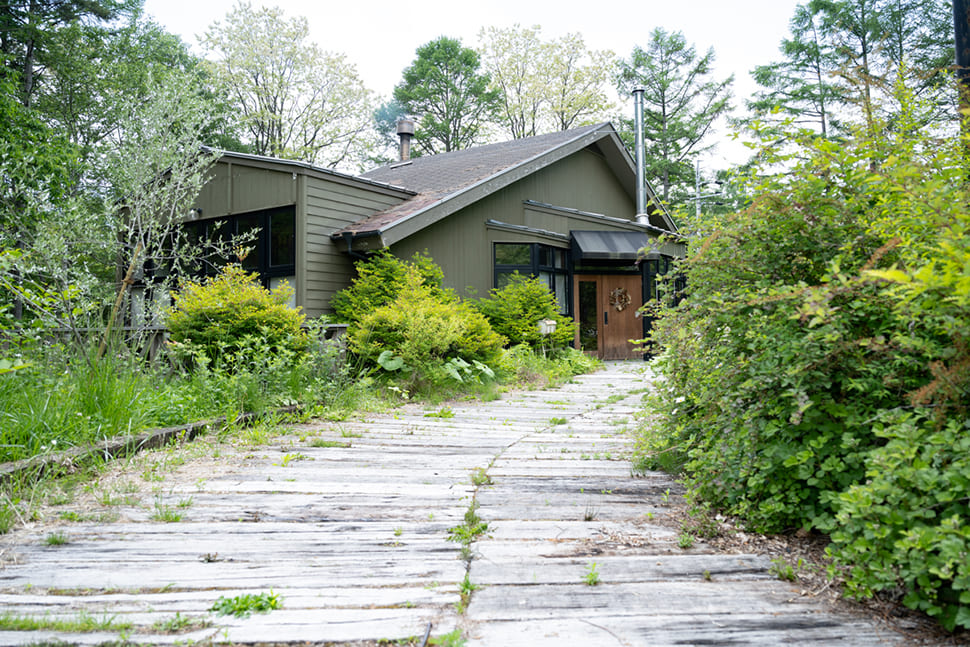

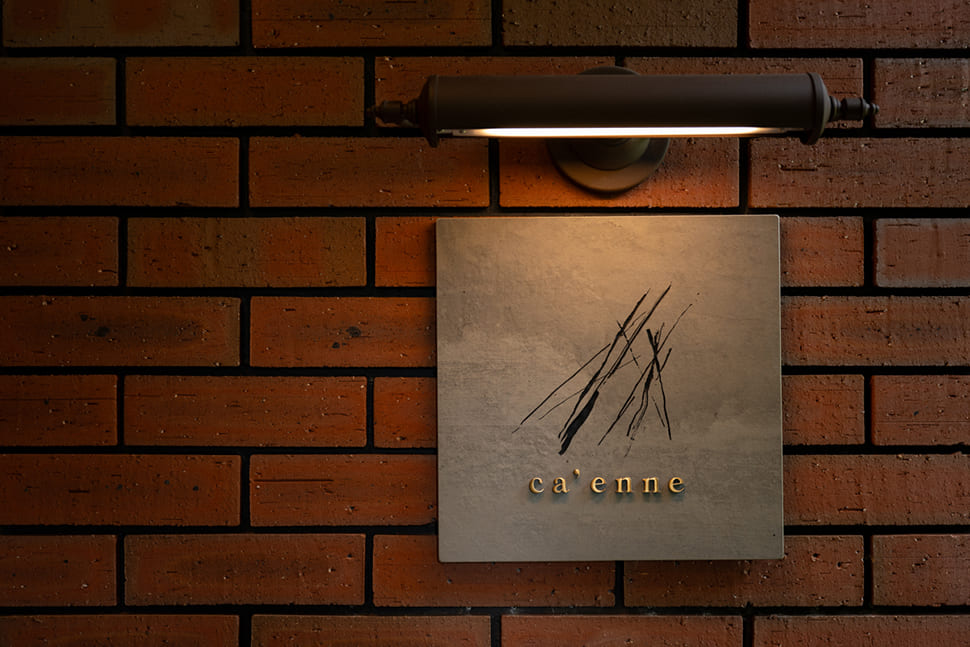
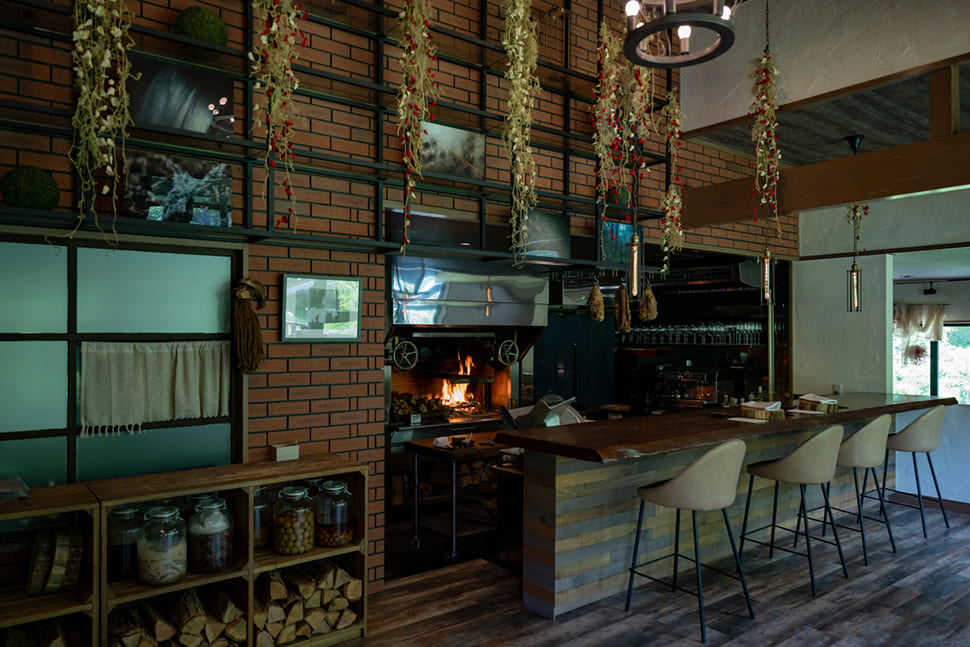
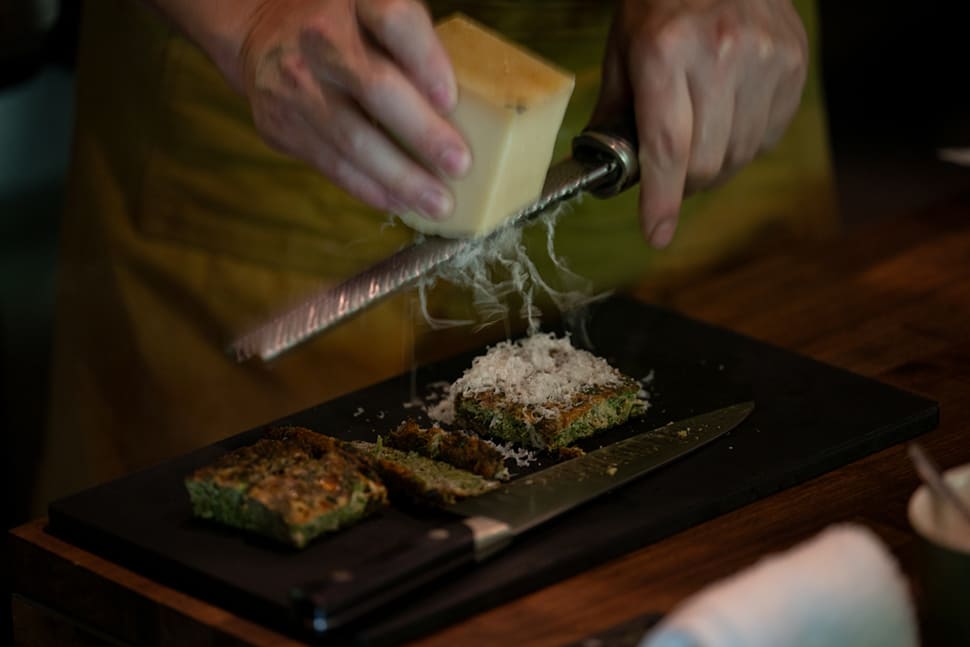
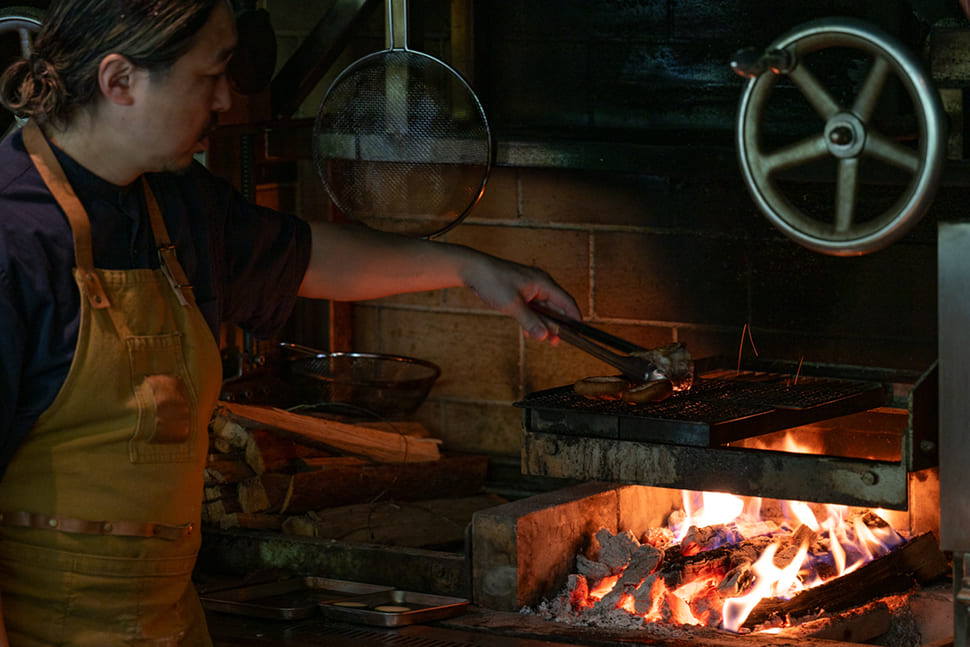

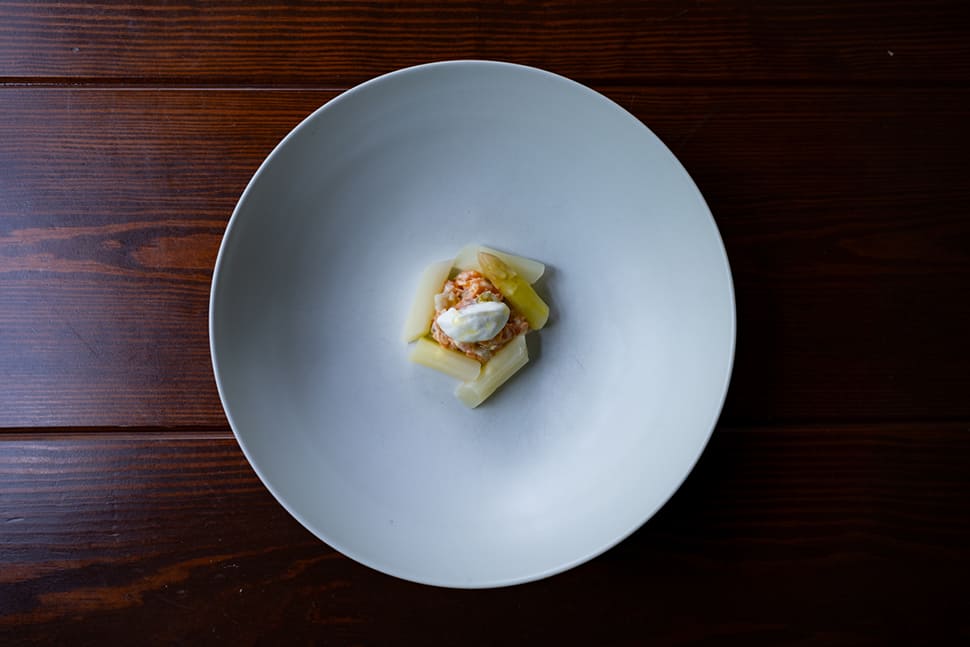
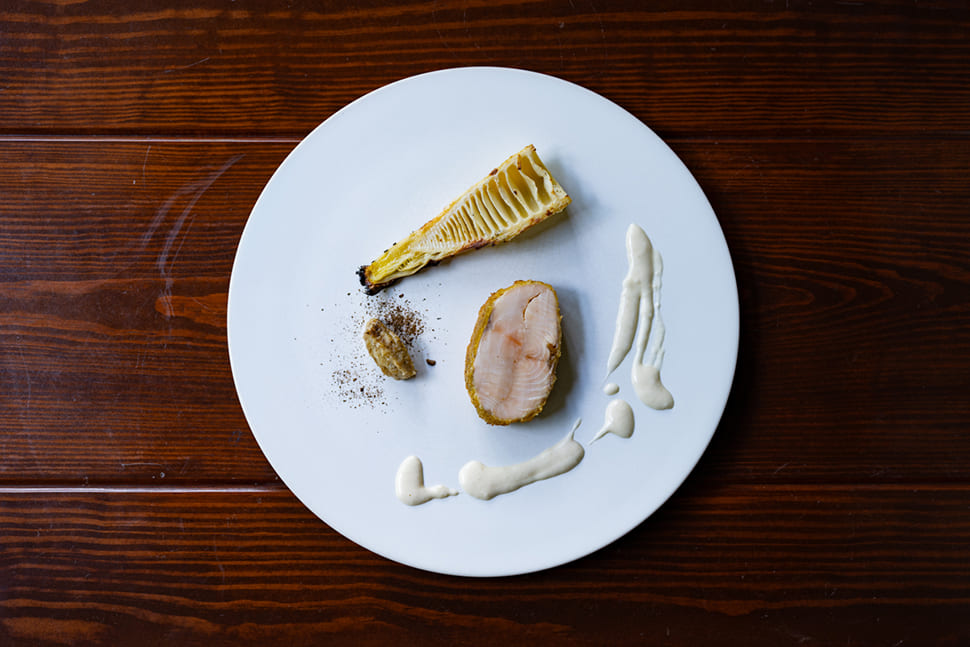
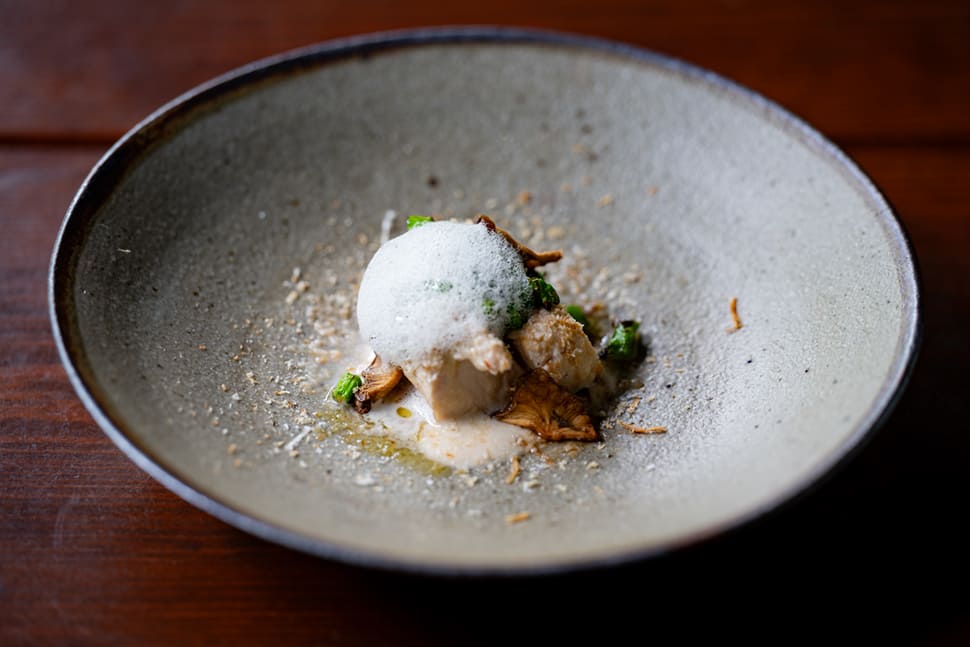
10222-25 Toyohira-Higashidake, Chino-shi, Nagano Prefecture